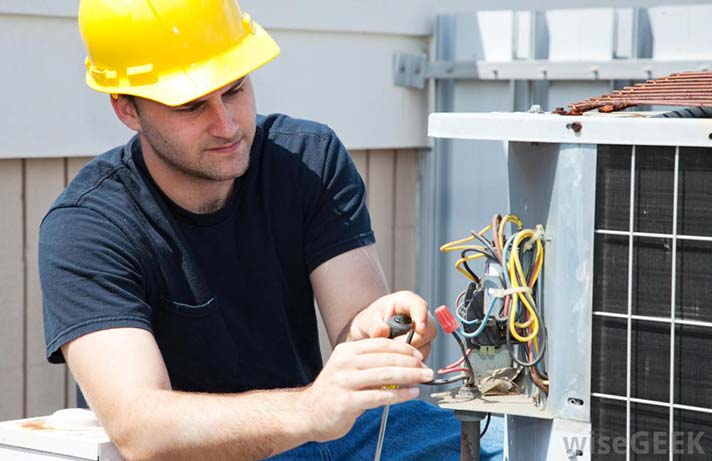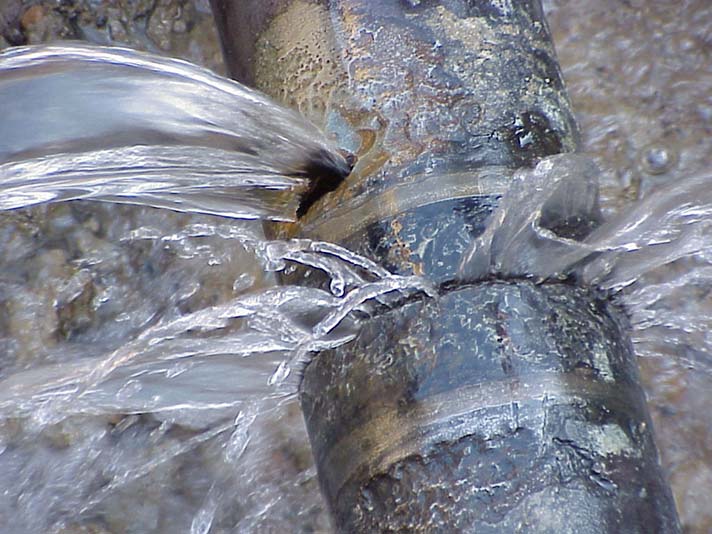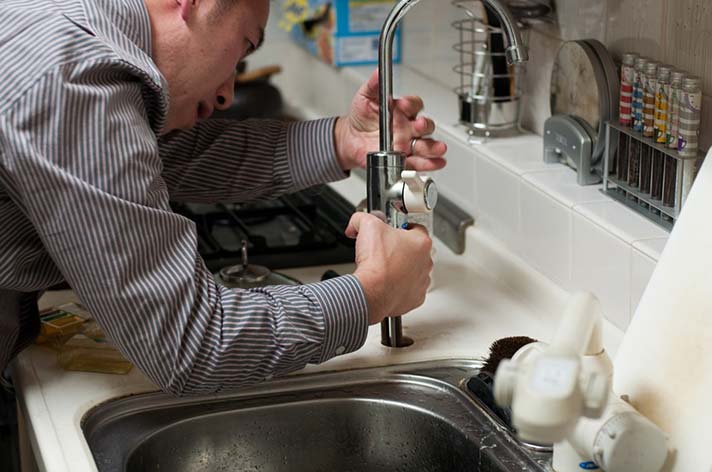Article Chapters
Understanding the full scope of PPM for commercial businesses
Sometimes, the integrity of a structure is taken for granted.
Just because of its construction and because a building seems to be okay does not mean that there is no need for regular maintenance.
Planned preventative maintenance needs to be carried out on a regular basis in order to ensure that the integrity and longevity of a structure is maintained and improved.
Staying on top of upkeep is not something that should be considered as an extra burden, but rather it is a way to ensure that any future costly repairs or failures are avoided.
And the larger a building is, the bigger the problems can turn out to be.
So, the bigger the edifice or building is, the bigger the need for preventative maintenance.
Making a plan is highly recommended when a building is large or spread over a substantial area, as there will be various kinds of maintenance works to be carried out in the various areas, rooms and locations.
Let us discuss some of the things that will find their way on a preventative maintenance plan.


Roofing
A building will obviously have a roof, and one can safely state that the roof is ultimately one of the main elements that need to be taken good care of.
Considering the fact that the roof is subject to various weather conditions and other problems, it goes without saying that regular maintenance should be carried out.
Corrective action may be required in various cases, and so it is important to carry out routine inspections at least twice a year.
Should there be any severe storm it is also important to inspect the roof so as to see if there is anything that needs to be seen to.
Carrying out regular maintenance work on the roof will generally involve jobs such as clearing roof drains of debris, examining any sections which were previously repaired, checking roof-to-wall connections, inspecting flashings particularly at curbs and penetrations so as to see if there are any tears or wrinkles, and carrying out re-caulking from time to time.
A moisture survey should be carried out at least every 5 years so as to detect any leaks or wet insulation.
If there are solar panels on the roof, regular checks are imperative so as to see if there are any panels that ended up getting dislodged or with build-up of snow or other debris.
If the building is large and there are various roofs, it may be best to set up a roofing file for each building so as to keep a note of the various works that were carried out on specific dates, as well as set a plan for future regular maintenance works.
HVAC Systems
Heating and cooling equipment are imperative in a building.
Unfortunately a lack of HVAC maintenance leads to inefficiency, higher bills, and poor air quality.
Therefore it is important to include HVAC as part of planned preventative maintenance.
These should be inspected at least twice a year.
Seasonal start-ups and run inspections are important.
There could be small jobs such as missing screws to be replaced, or gasket repairs, or more extensive replacements and repairs to be carried out.
If there are any pumps annual lubrication is recommended.
The cleaning and replacement of air filters should be carried out quite often, generally quarterly.


Plumbing
Plumbing is one of the main areas to keep under check in planned preventative maintenance.
A seemingly small dripping or leakage problem could end up into a considerable problem if left unattended.
Any leaks or unusual noises should be investigated immediately, and a thorough annual inspection is highly recommended, especially in bathrooms or restrooms.
Water heaters and boilers need to be checked too.
Lighting
Many commercial establishments place importance on energy savings.
Yet they do not always make it a point to carry out planned preventative maintenance so as to ensure that energy savings and lighting quality are maximized.
Lighting fixtures should be properly maintained.
Lamps may start to fail and so glare baffles, transformers and other accessories should be seen to.
Exterior lights often require more attention than interior ones.
Gaskets may need to be replaced so as to provide a better watertight seal.
Any burned-out lamps will need to be replaced.
A relamping schedule is highly recommended especially in a commercial establishment where there are hundreds or thousands of lights.
Electrical Systems
Having a licensed electrician inspect the electrical systems every couple of years is recommended.
In such a way panel boards, switchgear and connections will be checked and any cleaning and re-torquing can be carried out properly.
Outdoor Flooring
Parking lots and outdoor areas will require coating replacements and power washing from time to time in order to preserve them and maintain them in good condition.
Crack filling and seal coating are some of the regular jobs that will need to be included in planned preventative maintenance.

